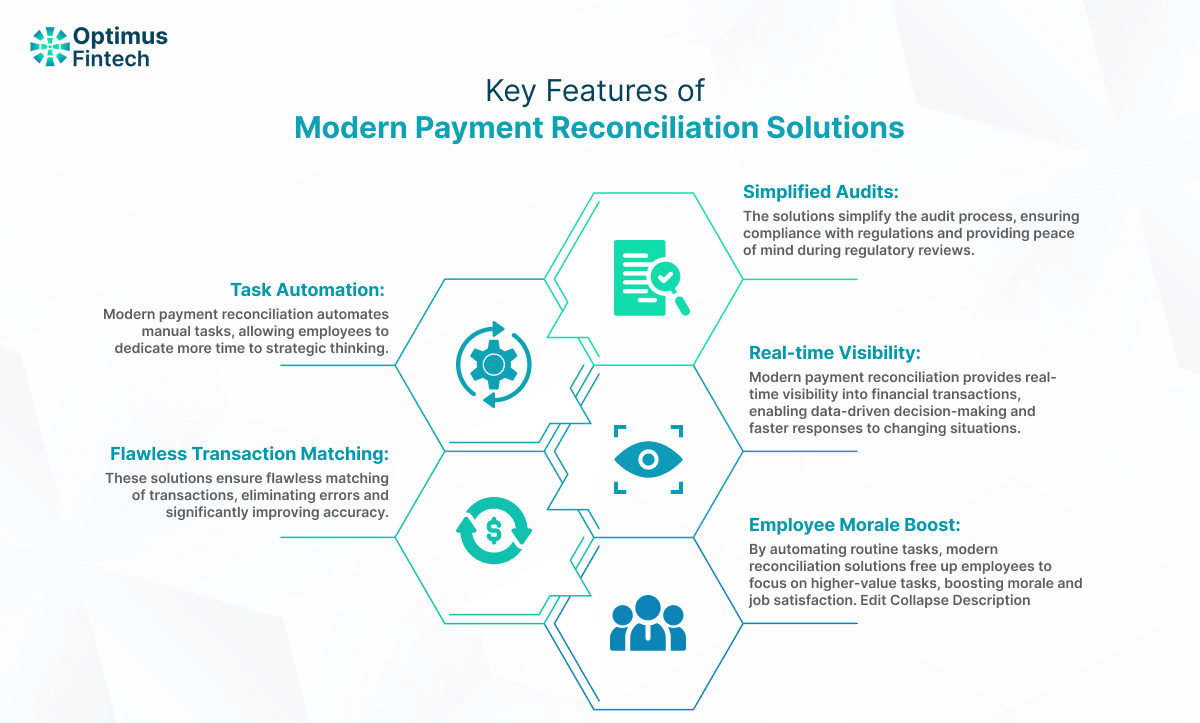Financial Reconciliation
Hidden Costs of Manual Reconciliation: Are You Counting the Damage?
Explore the untold costs of manual reconciliation and discover how automated solutions can mitigate hidden costs, enhance accuracy, and improve overall operational efficiency

Amrit Mohanty
Feb 6, 2024 (Last Updated: Nov 6, 2025)

Here's a situation: You're the CFO of a growing company, excited about expansion and profitability. But a nagging worry lingers: reconciliation. Your team spends countless hours manually matching transactions across spreadsheets, emails, and bank statements. It's a tedious, error-prone process, but you convince yourself, "It's just the cost of doing business.”
We get it – manual reconciliation seems like a tried-and-true method. The comfort of spreadsheets, the familiarity of ticking off numbers – it's a dance we've all done. But what if we told you there's more to this tango than meets the eye?
Let's delve into the hidden costs of manual reconciliation:
Time is Money, Literally!
Let's start with the obvious: time. Manual reconciliation is the ultimate time thief. It grabs your precious hours and refuses to let go. While you're painstakingly comparing line after line, your to-do list is growing at an alarming rate. Time is money, and every minute spent manually reconciling the team's valuable time is lost in repetitive tasks, hindering strategic initiatives and innovation.
Accuracy is Elusive
Manual reconciliation opens the door for errors, typos, mismatched transactions, missed payments, and potential fraud. These slip-ups can lead to financial discrepancies, and trust me, that's not a party anyone wants to attend. Not only does it mess with your financial records, but it can also tarnish your reputation.
Visibility is Limited
Beyond the tedious hours it steals from your team, the real damage lies in its ability to cloak crucial financial insights. With limited visibility and fragmented data, manual reconciliation makes it a herculean task to unravel the mysteries of cash flow, profitability, and potential risks. Think of it like trying to read a map in the dark with a fading flashlight – frustrating and riddled with unnecessary hurdles.
The Compliance Conundrum
If you're still relying on manual reconciliation processes, you might be unwittingly signing up for a rollercoaster of hidden costs. Compliance, usually the necessary tedious in any business, becomes a burden when slogging through manual tasks. Those late nights spent cross-referencing data and triple-checking records drain your energy and take a toll on your company's bottom line.
Decision-making is Clouded
What's really at stake when manual reconciliation becomes the norm? It's about more than just the hours spent tediously matching numbers. The actual damage lies in the fog it creates around decision-making. Without accurate, real-time data, you navigate a storm with a faulty compass. Critical decisions become a gamble when based on incomplete information.
In essence, the damage is real, but it's often invisible. These hidden costs chip away at your bottom line, hindering growth and profitability. To mitigate these hidden costs, many businesses are adopting modern payment reconciliation solutions that leverage technology to streamline the process, reduce errors, and enhance overall efficiency.
Key Features of Modern Payment Reconciliation Solutions

- Task Automation: Modern payment reconciliation automates manual tasks, allowing employees to dedicate more time to strategic thinking.
- Flawless Transaction Matching: These solutions ensure flawless matching of transactions, eliminating errors and significantly improving accuracy.
- Real-time Visibility: Modern payment reconciliation provides real-time visibility into financial transactions, enabling data-driven decision-making and faster responses to changing situations.
- Simplified Audits: The solutions simplify the audit process, ensuring compliance with regulations and providing peace of mind during regulatory reviews.
- Employee Morale Boost: By automating routine tasks, modern reconciliation solutions free up employees to focus on higher-value tasks, boosting morale and job satisfaction.
How much does it cost to reconcile accounts manually?
- Calculate the amount of time required to complete each reconciliation step manually. For example, let's assume manual reconciliation of payments in an organization takes 500 minutes per account.
- If you reconcile 100 accounts manually every month (the average mid-sized merchant reconciles hundreds of accounts each month), you spend 50,000 minutes on reconciliation activities. That's more than 800 hours per month.
- Multiply this by the average hourly rate for reconcilers. If you pay, on average, $10 per hour, your organization incurs costs of $8,000 in manpower each month to manually reconcile accounts.
Automation can cut the reconciliation process down to a few minutes, i.e., 80% faster Go-To-Market. How does that convert into savings? Based on the figures above, quicker reconciliations would save over $6,500 a month in labor costs.
Business owners can understand the benefits of automation by calculating the time and financial savings. Calculations also aid in the explanation of critical indicators and success criteria.
Unlocking Efficiency: The Impact of Automatic Reconciliation Solutions
Automatic reconciliation solutions wield transformative power in streamlining financial processes and mitigating hidden costs within businesses. Leveraging advanced algorithms, these solutions dramatically reduce the risk of errors associated with manual reconciliation, ensuring accurate and real-time financial data. The time saved in the reconciliation process enhances productivity, allowing financial professionals to focus on strategic activities. As businesses navigate increasing transaction volumes and regulatory complexities, the scalability of automated systems becomes a crucial asset. Moreover, the efficiency gains translate into substantial cost savings over time, making the initial investment in these solutions a strategic move toward sustained financial health and operational excellence.
Escaping the Manual Reconciliation Maze
Now that we've laid bare the hidden costs, it's time for the great escape. Embrace automation, my friends! Modern technology offers a plethora of reconciliation tools that can do the heavy lifting for you. From AI-driven algorithms to smart software solutions, these tools not only save time and reduce errors, but also bring a breath of fresh air to your team's morale.
As you navigate the power of automation in payment reconciliation, explore how advanced technologies such as intelligent automation solutions offered by Optimus Fintech improve efficiency and reduce errors in handling complex financial data.
Optimus is an autonomous, plug-and-play cloud platform that automates fintech processes end-to-end. Optimus' N-Way reconciliation is used by Fortune 500 companies. This API-first payment reconciliation product integrates 150+ ERPs, payment providers, databases, and banks and uses a powerful Generative AI-based core engine.
Have any thoughts? Contact our experts to discuss your reconciliation challenges and book a demo with us!

